Perio Other – Gingival Enlargement
Gingival enlargement occurs when the gingiva is larger than normal. It is often associated with gingival disease. Gingival enlargement may be caused by various factors including inflammatory conditions or a side effect from some medications. Proper treatment for the condition depends on the cause.
Historically, gingival hyperplasia and gingival hypertrophy have been used to describe this condition. However, as these terms are strictly histologic diagnoses, and this type of diagnoses requires a microscopic tissue sample analysis, these terms do not accurately describe gingival enlargement. The term hyperplasia describes an increased number of cells and hypertrophy is an increase in the overall size of an individual cell. These identifications cannot be accurately performed without a clinical examination and evaluation of the tissue. As a result, the term gingival enlargement is a more accurate description of the condition. Gingival enlargement has been classified according to the cause and divided into five groups which include the following:
- Drug Induced Enlargement
- Enlargement Associated with Systemic Diseases or Conditions
- False Enlargement
- Inflammatory Enlargement
- Neoplastic Enlargement
Inflammatory Enlargement
A multitude of different things can cause gingival enlargement and the most common cause is chronic inflammatory gingival enlargement. This gives the gingivae a soft and discolored appearance. Inflammatory enlargement is caused by tissue edema and infective cellular infiltration caused by a prolonged exposure to bacterial plaque. Treatment for the condition often involves conventional periodontal treatment which may include scaling and root planing.
An accumulation of plaque is the main cause for inflammatory gingival enlargement. Some of the common risk factors include poor oral hygiene and physical irritation of the gingiva.
Enlargement Associated with Systemic Factors
Many systemic diseases can create an oral manifestation, including gingival enlargement. Some which are related to conditions while others are associated with the disease. Some of the most common systemic factors are summarized below:
- Conditioned Enlargement
- Pregnancy
- Puberty
- Vitamin C Deficiency
- Systemic Diseases which Cause Enlargement
- Granulolomatous Diseases: granulomatosis with polyangiitis, sarcoidosis, and orofacial granulomatosis
- Leukemia
- Neoplasm
- Benign neoplasms: fibromas, papillomas and giant cell granulomas
- Malignant neoplasms: carcinoma and malignant melanoma
- False gingival enlargements, for example, when there is an underlying bony or dental tissue lesion
Management
The first solution in the treatment of gingival overgrowth is improving a patient’s oral hygiene. The goal is to ensure that plaque is effectively removed from the teeth and gums. When cases of chronic inflammatory gingival enlargement include a significant fibrotic components and do not have a positive response to scaling and root planing, they are treated with the surgical removal of the excess tissue. This procedure is called a gingivectomy.
In cases of drug influenced gingival overgrowth (DIGO), an improved oral hygiene regimen and controlling plaque are still critical in reducing the overgrowth. Reversing and preventing gingival enlargement caused by drugs can also be simply ceasing the use of the drug or substituting the current medication for another drug. This solution is not always an option for the patient. In cases of immunosuppression, tacrolimus is an alternative option which usually has far less severe gingival overgrowth compared to cyclosporin.

